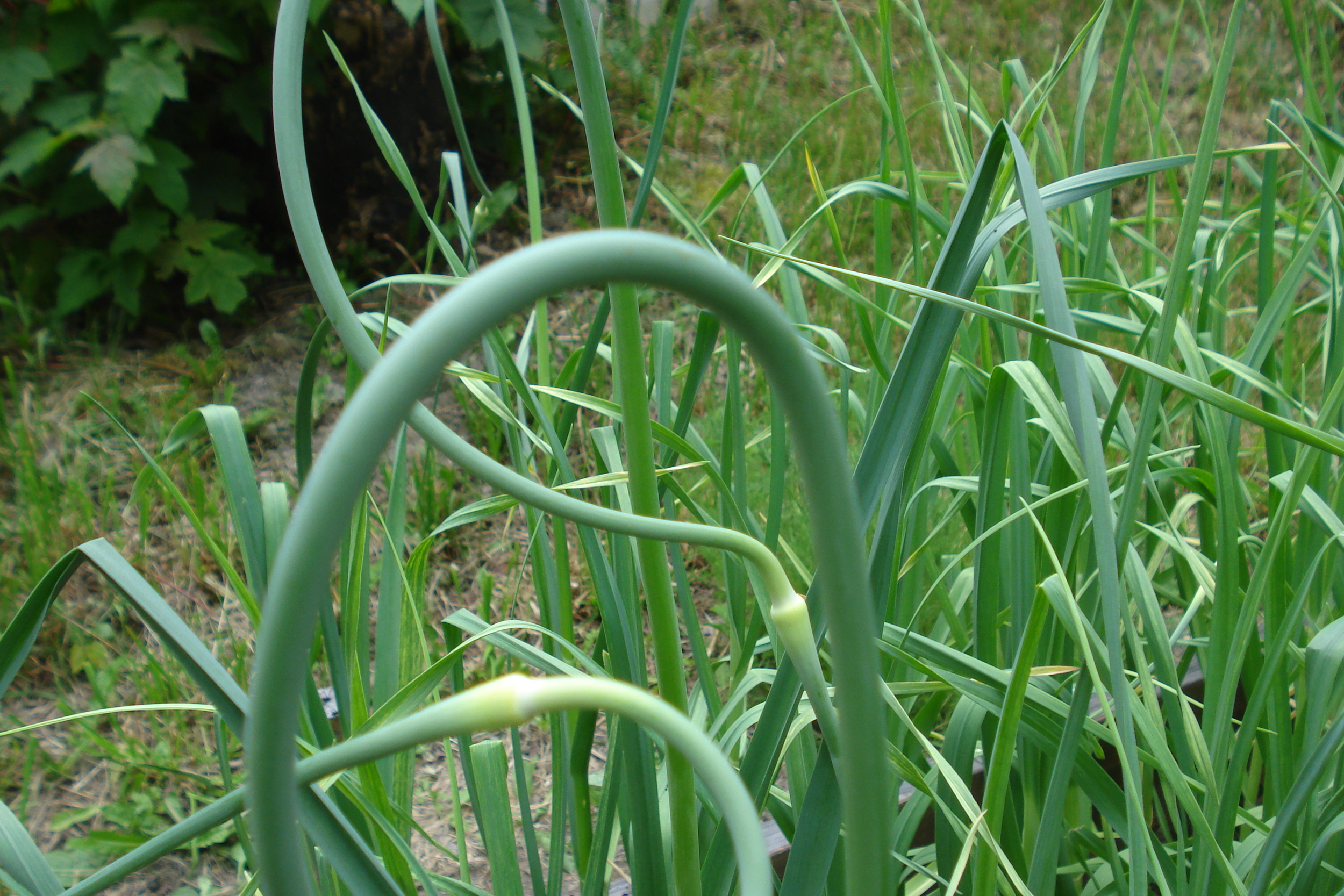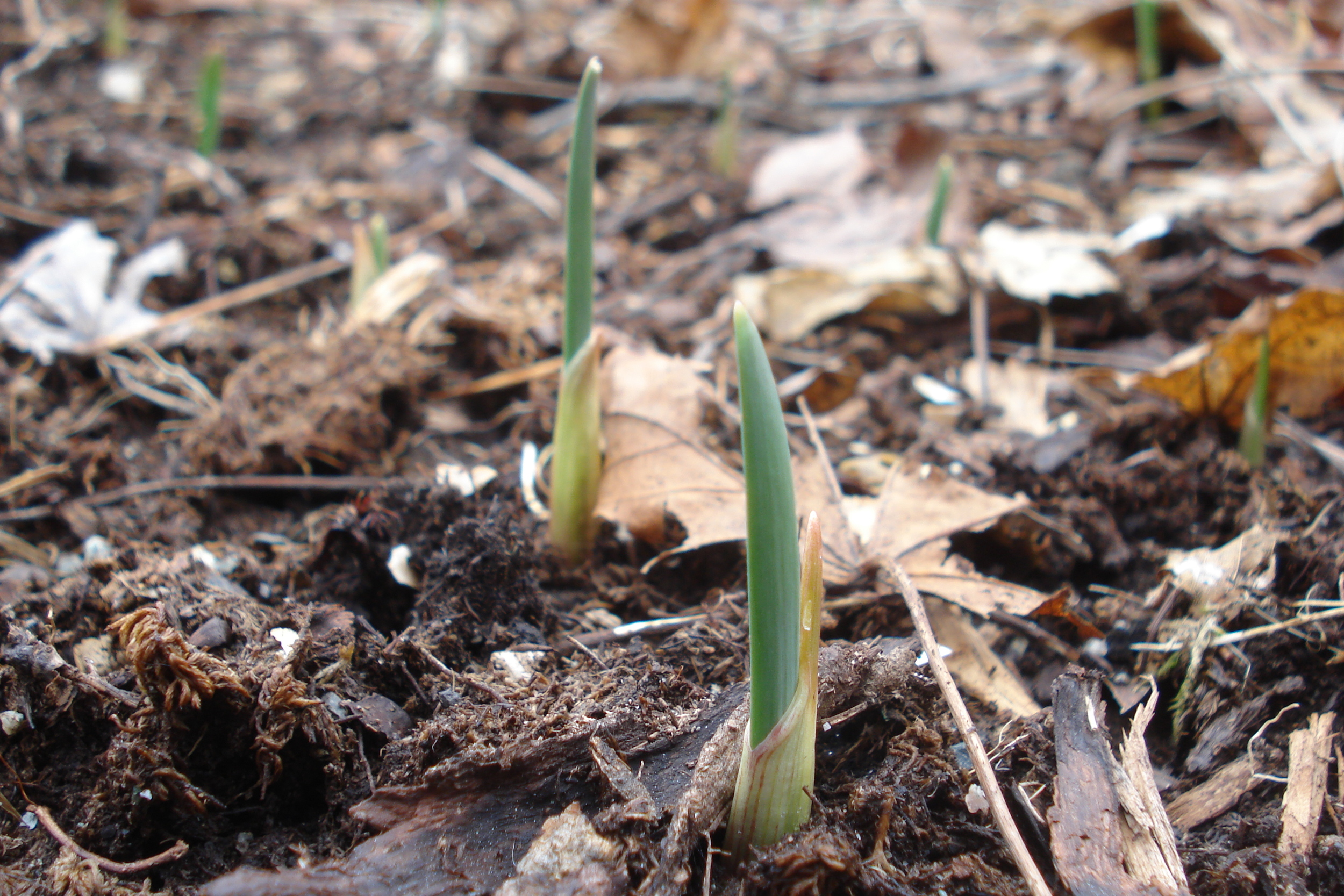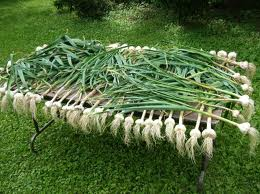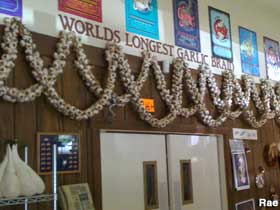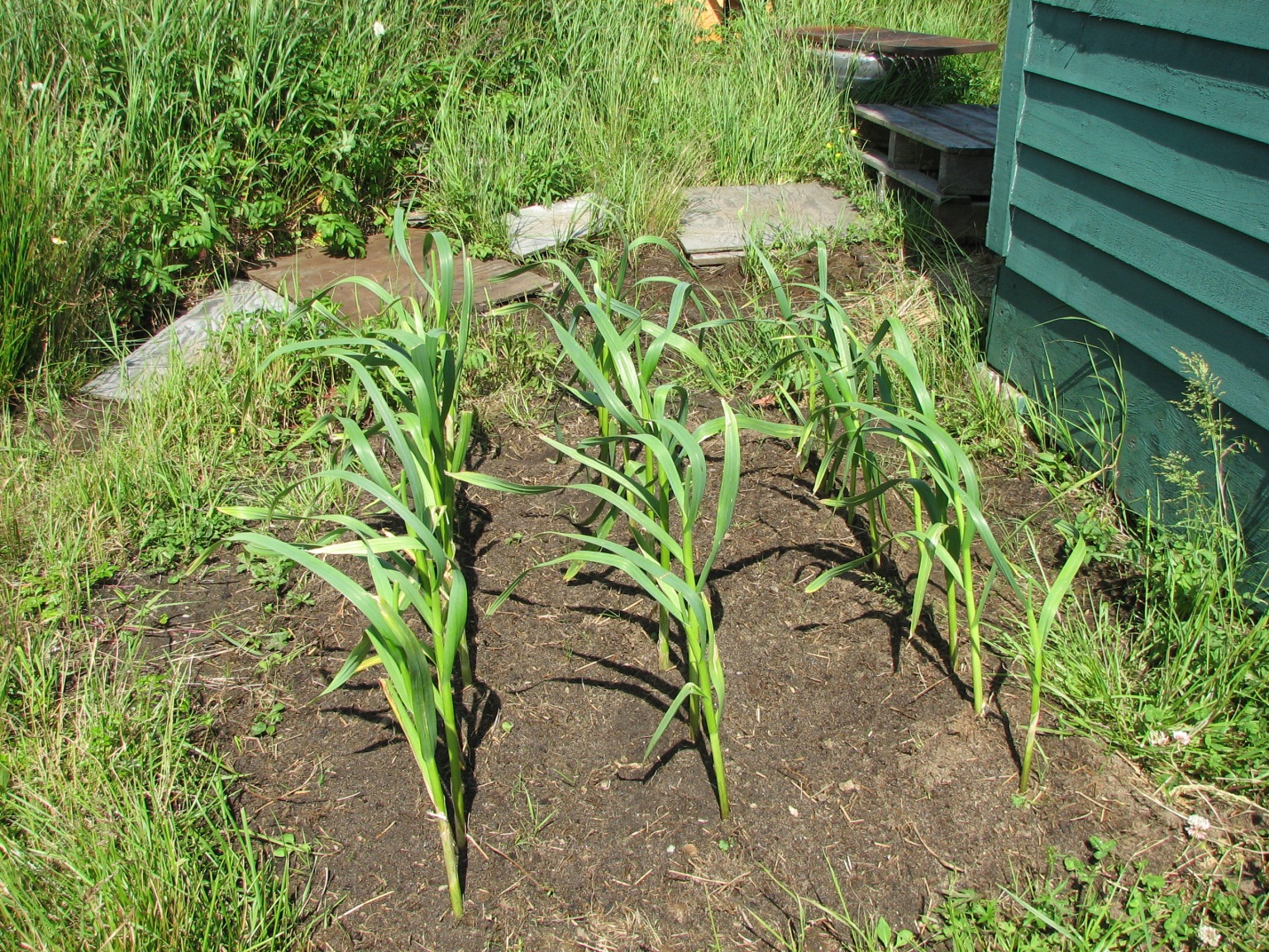 This is the sixth post in Faeterri's newly titled Home Grown series on Root Cellars Rock. She sent us this post in mid-November and we wish we'd gotten it up sooner to get you excited about planting fall garlic. But don't worry, Faeterri assured us that if your soil isn't fully frozen or if we get a few warm days, it's still not to late to plant garlic!
This is the sixth post in Faeterri's newly titled Home Grown series on Root Cellars Rock. She sent us this post in mid-November and we wish we'd gotten it up sooner to get you excited about planting fall garlic. But don't worry, Faeterri assured us that if your soil isn't fully frozen or if we get a few warm days, it's still not to late to plant garlic!
It is so easy to grow our own garlic! We can now say goodbye to the cheap, likely treated garlic that comes all the way from China. The time to plant is NOW in the autumn. Get it in before the ground freezes, but 2 months before is optimal.
I have been planting garlic on the southwest coast of Newfoundland for the last four years. Some friends of mine also wanted to grow garlic. I began searching for Canadian varieties and finally found seed garlic from Al Picketts of Eureka Garlic in PEI. Their website is under construction now but you can email al@eurekagarlic.ca for details.
Garlic is a member of the Allium (onion) family and contains many phytochemicals that medicinally have anti-carcinogenic, antioxidant, antifungal, anti-clotting, antiseptic and antibiotic properties. There are two main types of garlic, the Ophios, or hard-necked that puts up a flower stalk called a scape, and the Sativum or soft-necked type that doesn't put out a scape. Garlic adapts to its environment. By selection and mutation, new varieties emerge. There are 10 distinctive varieties, but five do well in NL: the hard-necked Porcelains, Purple Stripes and Rocamboles, and two soft-necked, Artichokes and Silverskins.
Porcelains have thick parchment-like wrappers with 4 large fat cloves per bulb. They are hardy northern varieties that have rich garlic flavour and are great for storage. The flowers on the ends of the scapes make large bulbils which could be planted for future garlic production but one has to wait for two years for a harvest if planting that way.
Racomboles tend to have shorter storage and are often preserved dried and powdered. They have strong flavour and are hot when eaten raw but mellow out when cooked. They have 7-9 cloves all the same size per bulb. The flower has many small bulbils.
The hard-necked Purple Stripes have earlier harvests, store fairly well, and are the sweetest roasted garlic, with thick bulb wrappers and 4-5 cloves per bulb.
Supermarket garlic is usually of the Artichokes variety and it requires no removal of a scape when growing. It is the easiest to grow, and has a large bulb with 12-20 cloves with smaller internal cloves. It stores well and sub-varieties have a wide range of flavours.
Silverskin soft-necked braids have the longest storage with white wrappers and many cloves per bulb but they are not very large.
Everyone has their opinion about how to grow garlic. This is what I do: I separate the cloves gently from bulb just before planting. I like to plant into deep, fertile, well-composted, light, sandy, well-drained soil in an area that gets lots of sun. Garlic is a good crop for a raised bed because beds ensure good drainage. I always rotate my crops so I do not plant in a place that another onion family crop was planted the previous year. I like to plant the biggest cloves, pointy side up, flat side down, and spaced about 6 inches apart and 2-3 inches deep. I usually put a thick layer of leaves or straw over them as mulch for the winter and gently rake this back at the very beginning of spring. If we happen to have a year of little rain, the mulch can be left on to retain moisture. Garlic shoots up green very early in the spring and is a welcomed and beautiful site. Keep garlic beds well weeded.
As they grow cut the flower stalks, or scapes, of the hard-neck varieties, so that the plant’s energy is going into the bulb instead of the flower. You can cut the scapes just after they loop and then use the scapes in cooking as well. Racombole and Porcelain scapes usually loop twice whereas the scapes of Purple Stripes make ¾ of a loop before you cut them. The scapes can be eaten in stir-fries, turned into pesto, roasted, or pickled, dried and then powdered, and substituted in for many dishes that you would traditionally use onions or garlic in. Al Picketts likes to make dehydrated powdered garlic scapes in butter to use for ‘green eggs and ham’.
Garlic takes almost a full year to grow so if you plant it one fall, expect to harvest it in late summer to early fall of the next year. For this reason be sure that you have planted garlic in a bed that you don't plan to use for other vegetables during the coming summer unless those can be planted among the garlic. It may seem like a long time to wait but the harvest is more than worth it! Garlic is also a great low-maintenance crop if you are planting at a location that you don't visit often like a community garden plot or 'lazy bed'.
Harvest hard-neck garlic when the bottom leaves yellow; for soft-necks when the tops fall over. Do this by prying up the entire plant with a garden fork or shovel being careful not to bruise the bulb. Gently remove most of the soil clinging to the roots. Some people I know peel back the two most outer leaves that form the skin and break them off at the roots. Garlic needs to be cured by placing the plant in a dry, warm, well-ventilated area for 2-3 weeks until thoroughly dry. I lay my plants in a crisscross fashion on a drying screen.
Once dry, the stems are trimmed to about an inch, the roots about ½ inches. In my opinion the best way to store garlic is in a cool dry location in either paper or mesh bags. I have had the best luck in a location that’s 4°C with 50-60 % humidity. If you leave more of the stems on, soft-necked varieties can be braided and hung to dry and look very nice. You can also braid them with dried herbs or flowers to make a decorative arrangement to hang in your kitchen or pantry when you are ready to use them.
Enjoy eating most of your garlic but save some of the best bulbs for next year’s garlic clove plantings. If you find you have grown way too much garlic, share the wealth with your friends.
Here is a Simple Garlic Soup Recipe:
Bring 1 1/2qt Water to boil. Add 4 diced potatoes, 1 diced carrot, 2 diced celery stalks, 1 diced onion, 2 large bulbs garlic peeled and minced, ½ teaspoon thyme, and salt and pepper to taste.
Cook over medium heat for 20 to 30 minutes. Puree & serve. Enjoy.



